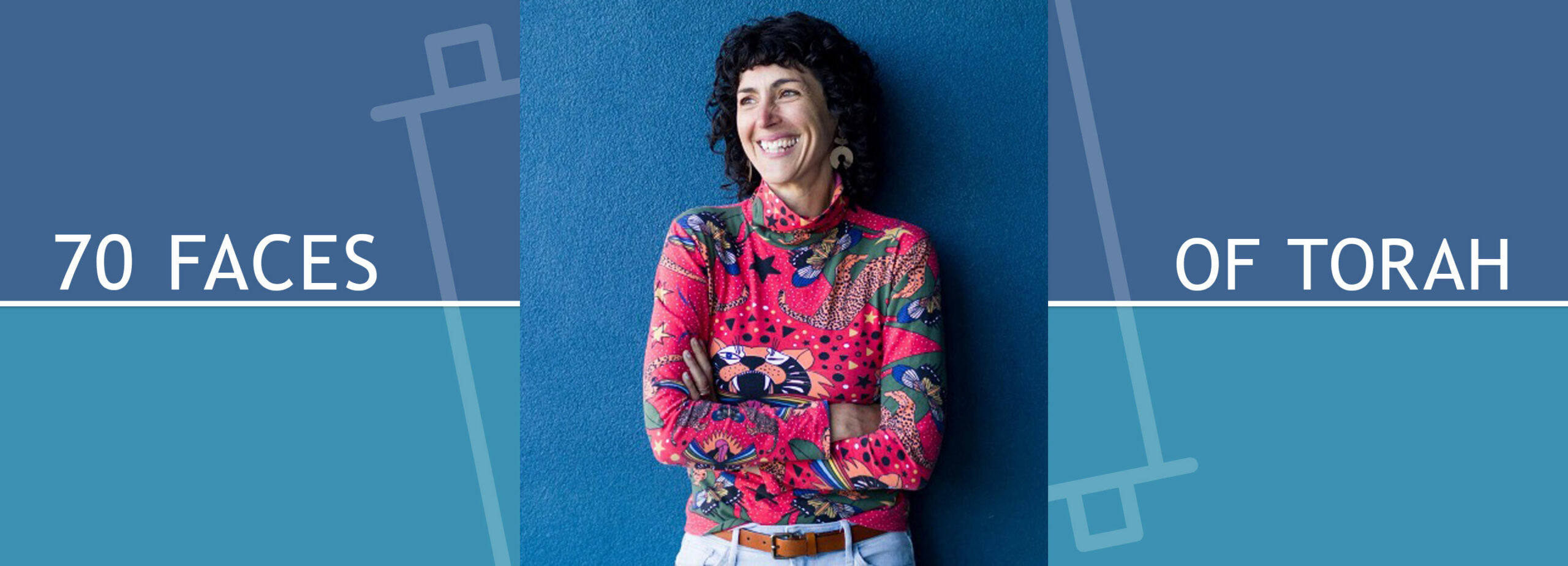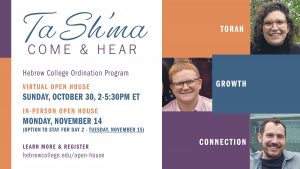But Dust and Ashes We Are

Parashat Eikev (Deuteronomy 7:12-11:25)
We should each hold two slips of paper in our pockets, a well-known saying in Jewish tradition goes. On one should be written, “The world was created for me,” on the other, “I am but dust and ashes.” Attributed to Reb Simcha Bunem, an 18th century Hasidic rebbe, in its original context this teaching was meant to help us remember, when we feel lowly and depressed, that who we are and what we do matters, and, when we feel high and mighty, to reconnect us to a sense of humility and temporality. These two teachings are there to help bring us back into balance from feelings of self-importance on one hand, and feelings of worthlessness, on the other—to help us recalibrate somewhere in the middle. Yet, in these words we can also hear something else—something that, in an age of hyper-individualism and an increasing sense of isolation and loneliness, can help us to reground and reconnect not only to our own psychological center, but to the greater whole of which we are a part, and which is, inextricably, a part of us.
The reminder, “I am but dust and ashes” is not only a call to humility, but a call back down to earth—to the literal matter from which we are made. “From dust we came, to dust we shall return.” We often quote this verse from Genesis (3:19) at funerals, reminding us of the ephemerality of life. Yet, this image of dust conjures reminders not only of death, but also, perhaps ironically, of the steaming, teeming aliveness of the earth from which we come. On earth, dust “generally consists of particles in the atmosphere that come from various sources, such as soil lifted by wind and volcanic eruptions.”¹ In interstellar space, dust becomes visible in its reflection of starlight.² Dust is a tiny piece of garden floating in the sky, a relic of the bubbling, churning inner core of the earth, a tiny mirror catching a momentary gleam of the galaxy. If we are dust and ashes, then we are also part bud and mud, mycelium and microorganisms, dew drops and daffodil, rainfall and redwood, the powder of pollen, and perfume of the freesia, fog and frog, mouse, moisture, mucus, seafoam and starling and all the billions of organisms and intricate systems and interrelationships that, very literally, in every moment, breathe us alive.
On one level “dust and ashes” is synonymous with “nothing,” simply a phrase to remind us that we are not so all-important. And yet, on another level we hear this verse teaching us about the incredible interconnection of all life and the processes that turn the dust and ashes of yesterday into the beating hearts of today. Made in the image of a God who self-identifies as “Ehyeh asher Ehyeh” (I will be that which I will be) we are more process than product, more system than solitary individual. We are not just one thing, but the ongoing aliveness of billions of things. Instead of humbly mumbling “I am but dust and ashes,” we might rather declare in pride, with praise, “But dust and ashes I am!”
Perhaps it is from here that true humility comes. Not from falsely lowering ourselves, but rather from reweaving our understanding of who we are into the fabric of life, stitching our self-conception back into the rich tapestry of our true nature: connected, supported, multi-faceted, interdependent. What if, rather than a slip of paper, we instead reminded ourselves with the dust and ashes and abundant treasures of the earth. In our pocket we might put a tiny seashell, a clump of moist soil, a seedpod, or a stone—something that, when we hold it in our palm or run our fingers over its surface, brings our skin alive with resonance of all our relations and our relationship to the whole. Something that brings us not only mentally, but somatically and spiritually back to who we are and our place in the cosmos.
Perhaps then we won’t need the extreme of “the world was created for me” to regain our sense of self, but rather, “The world co-creates me and, in every moment, I am a part of co-creating the world.” The world that is created for me is the world that always holds a place for that dust and ashes that I am to return to. It is a place that welcomes that bit of ash that returns to the cyclic rhythm of creation, where it becomes part of the next flowering, like the playful child who runs to the back of the line for another turn. Here the two sayings are knitted back into the tapestry of life and back into connection with each other.
This week in Parashat Eikev, the Israelites are preparing to enter the Land of Milk and Honey that they have been wandering and moaning and growing towards for generations. The land is full of bounty and blessing, as all land is, in its own unique way. In preparing the Israelites to live on and tend to this land, God cautions, “Beware lest your heart grow haughty…and you say to yourselves, ‘My own power and the might of my own hand have created this wealth for me.’” (Deuteronomy 8:14 & 17). God forecasts not only the self-importance that can come with the accumulation of power and wealth, but also the sadness, loneliness and isolation that come, no matter how much bounty we have, when we stop being able to feel our connection to the whole. Perhaps, then, it is when our hands are not gripped around human-made tools or slipped into our pockets holding human-made teachings, but rather are outstretched into the soil, up to the stars, into the stream, out towards one another, that our heart becomes full—not of itself, but of love for and connection to the web of aliveness that is the truth of who and what we really are.
- Wikipedia.com
- George R. Carruthers, “Ultraviolet Space Astronomy,” in Encyclopedia of Physical Science and Technology (Third Edition), 2003.
Rabbi Adina Allen, cofounder and creative director of Jewish Studio Project (JSP), is a spiritual leader, artist, writer, and educator whose work is dedicated to helping people reclaim their creativity as a powerful tool for spiritual connection and social transformation. A recipient of the Covenant Foundation’s 2018 Pomegranate Prize, Adina has pioneered a methodology for integrating Jewish learning, spiritual reflection, and creative expression that she has brought to thousands of Jewish educators, clergy, professionals, and lay leaders across the country. Adina was ordained by Hebrew College in 2014 where she was a Wexner Graduate Fellow.


